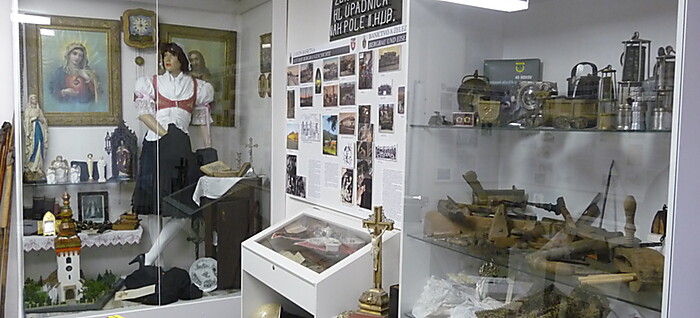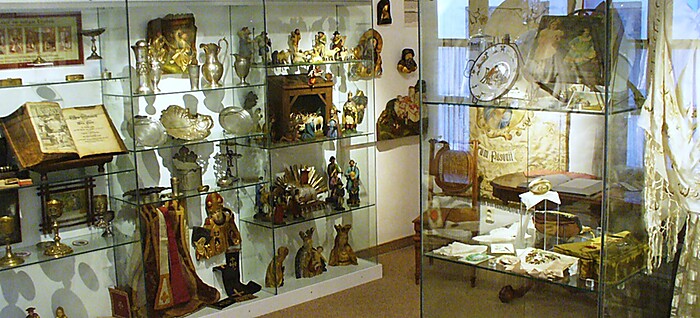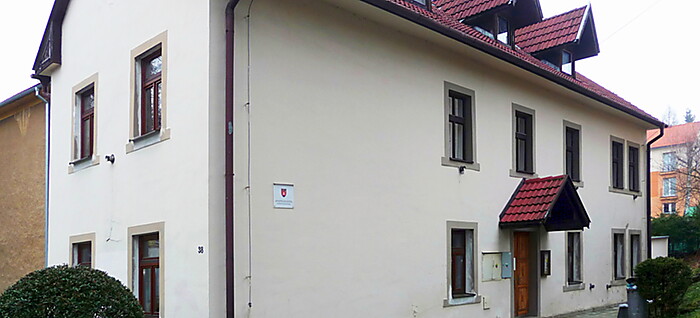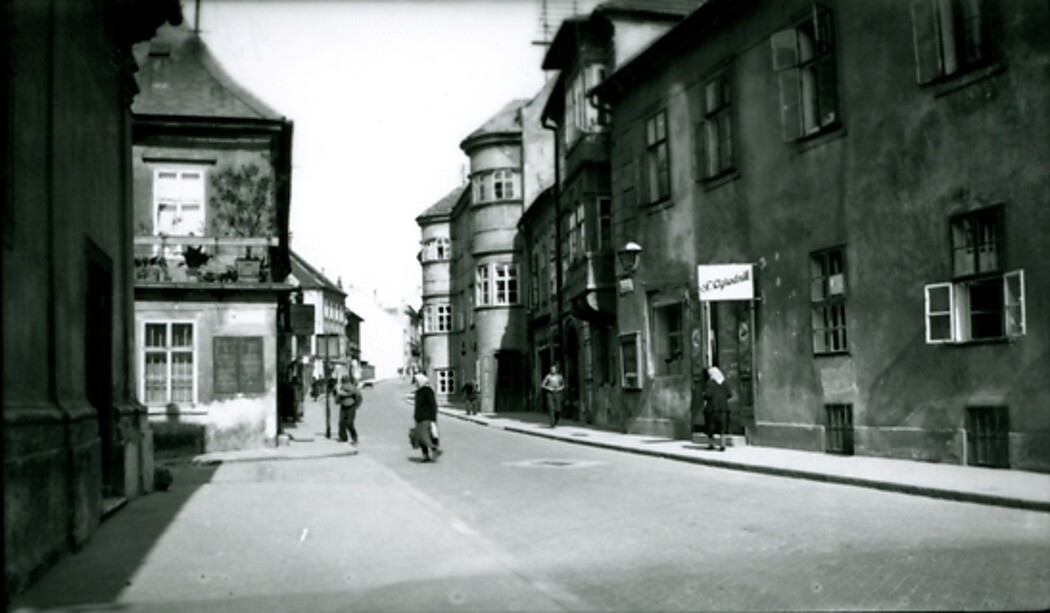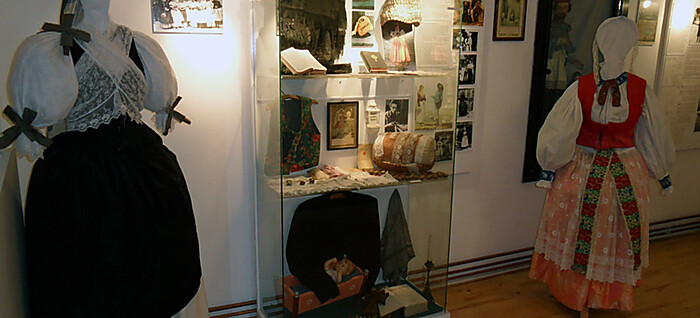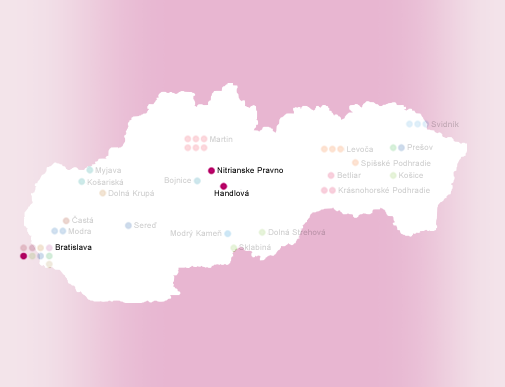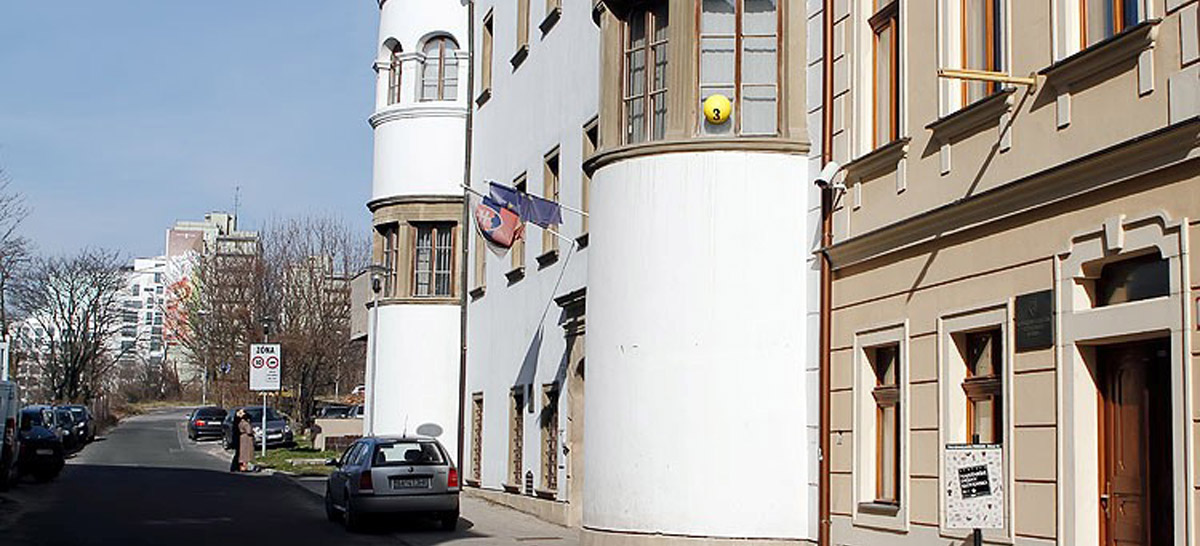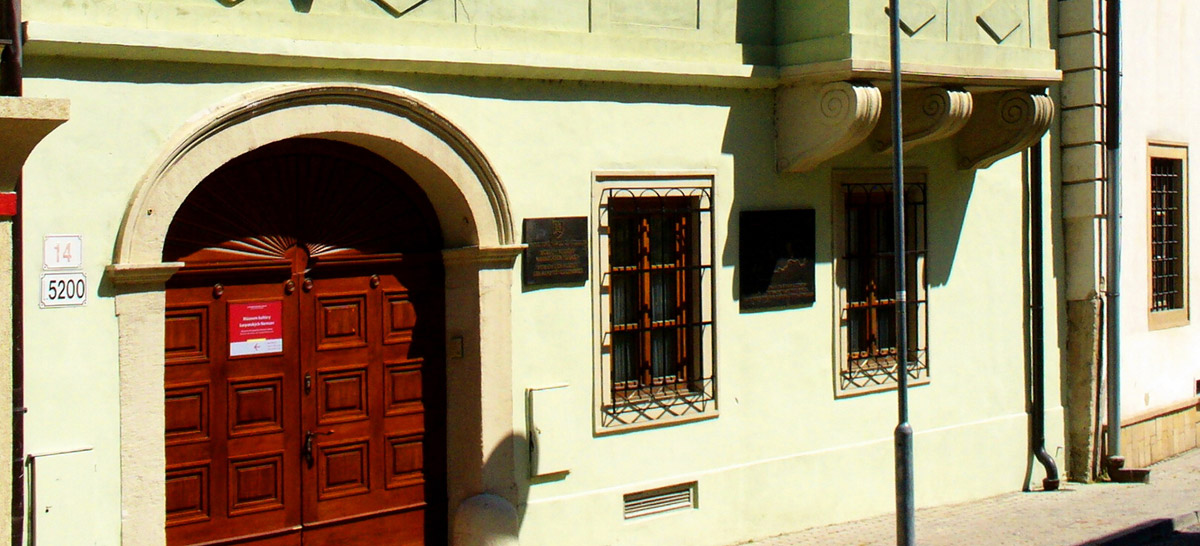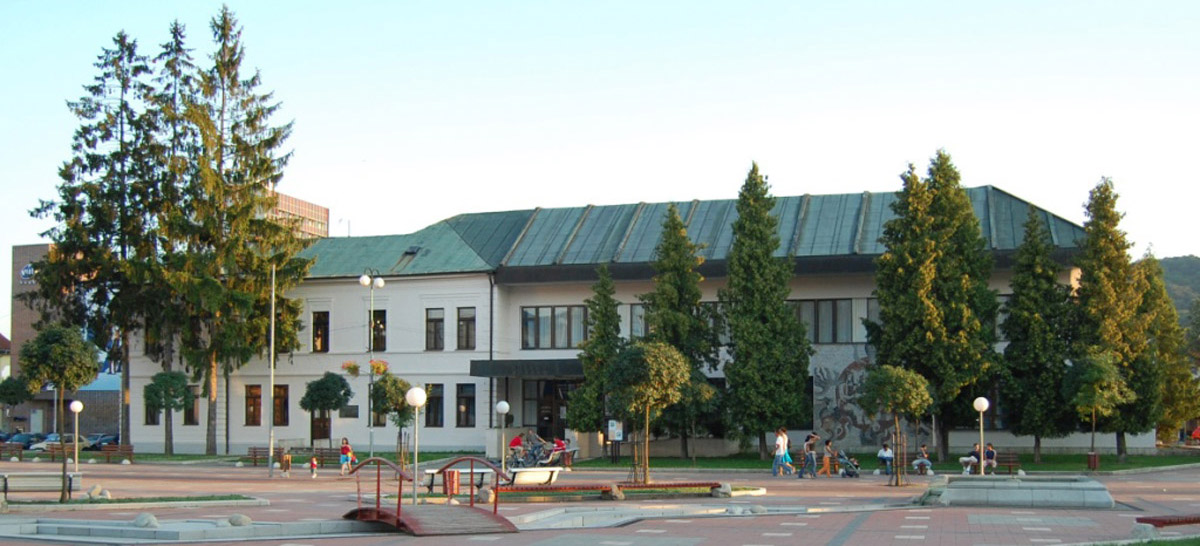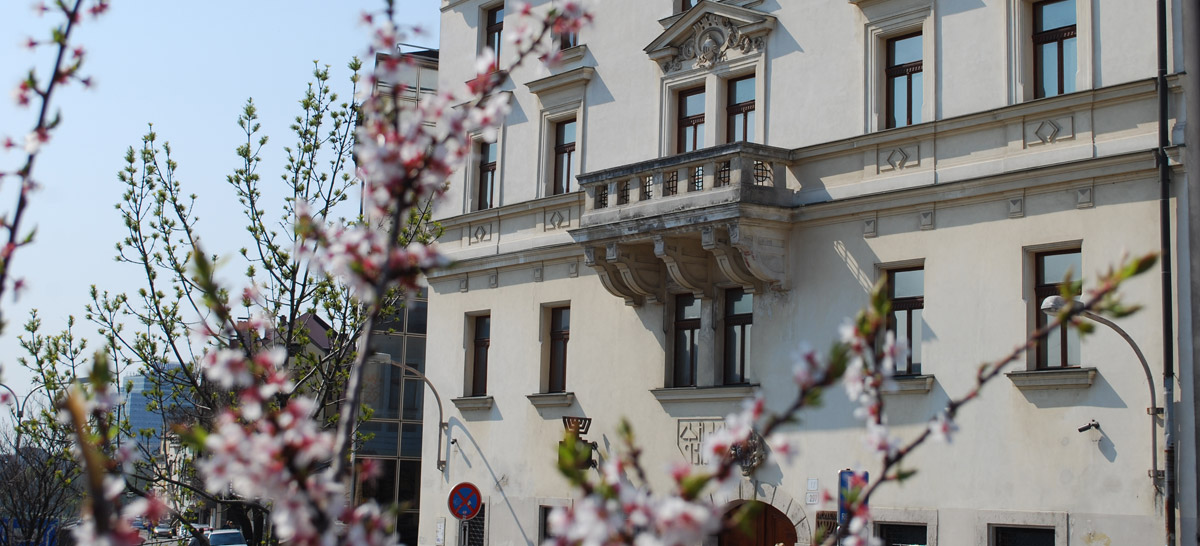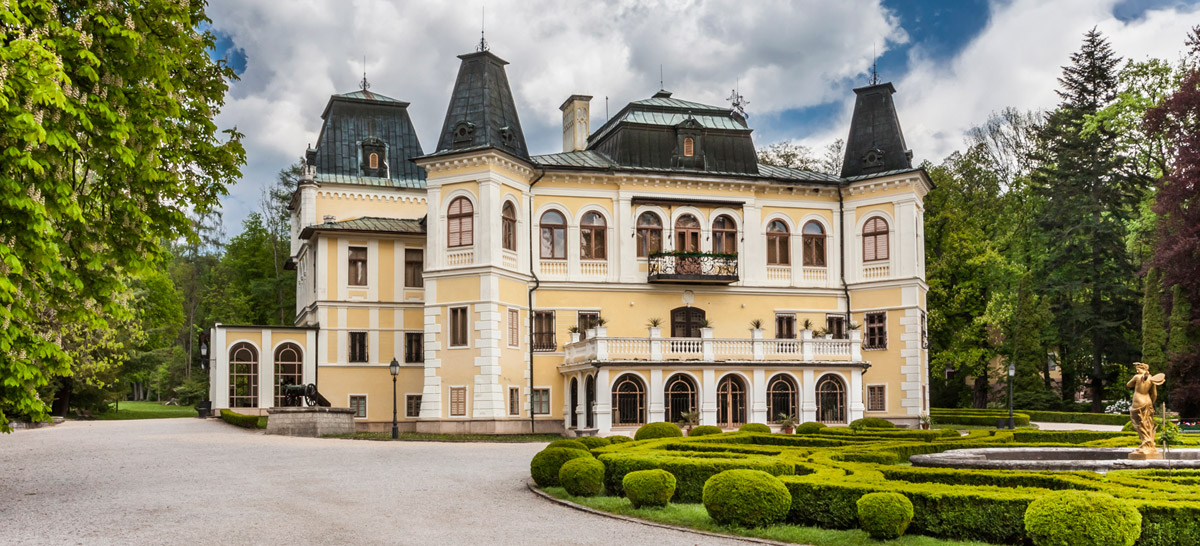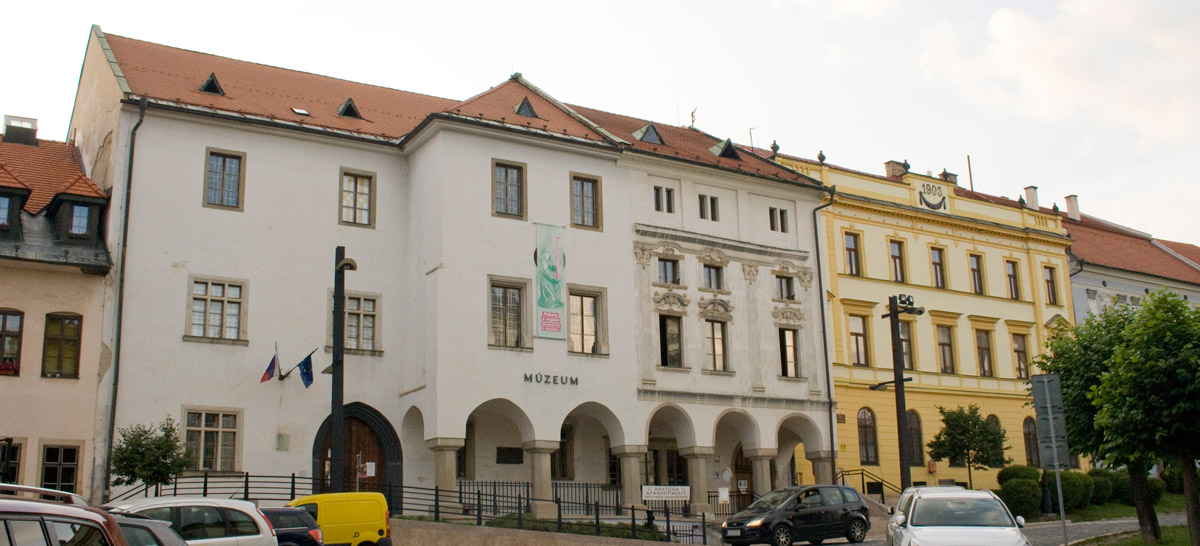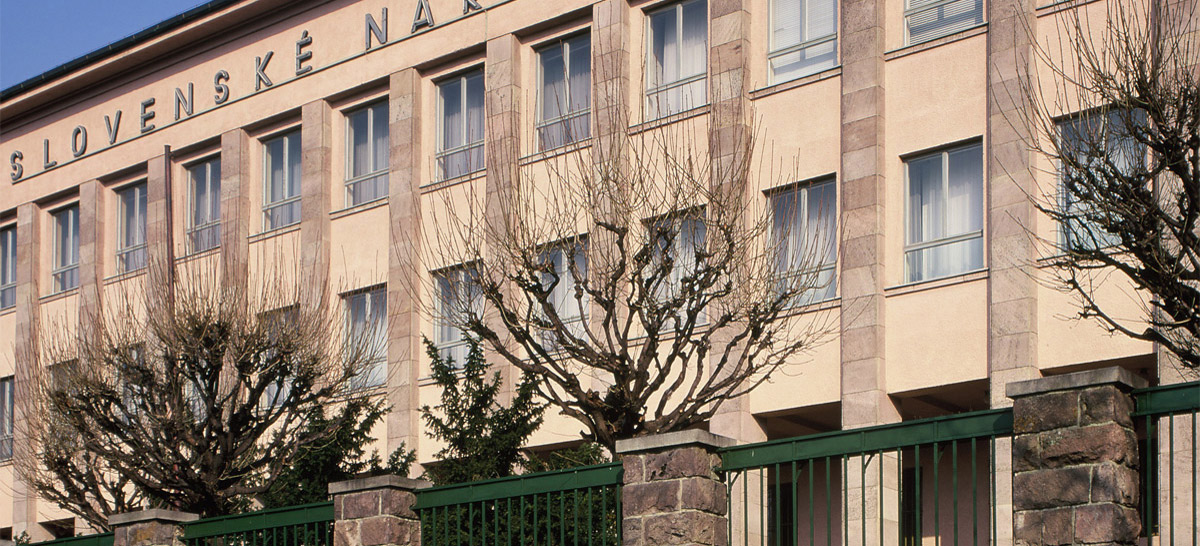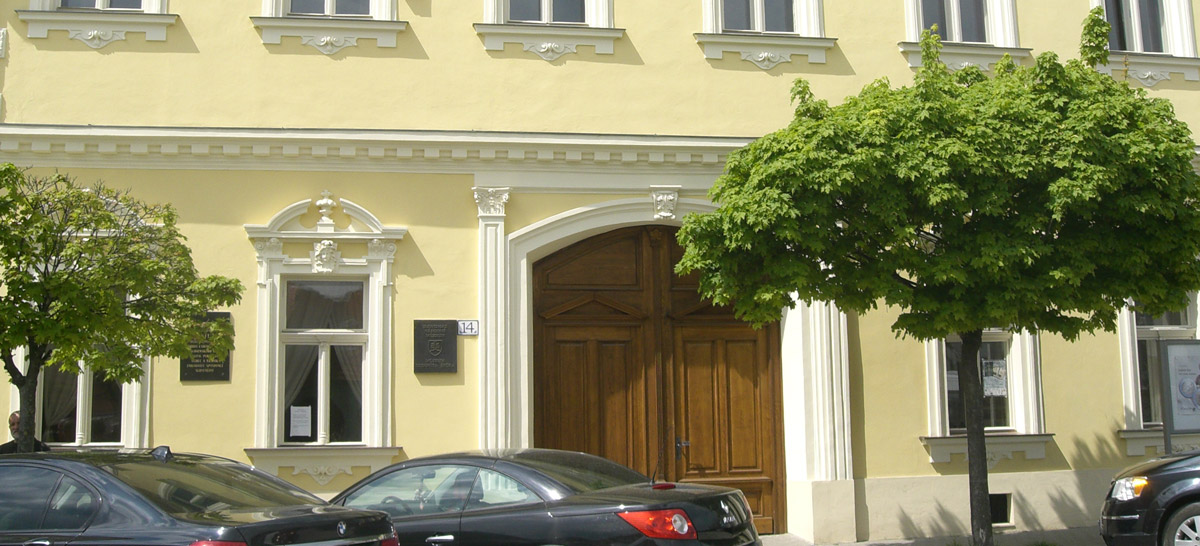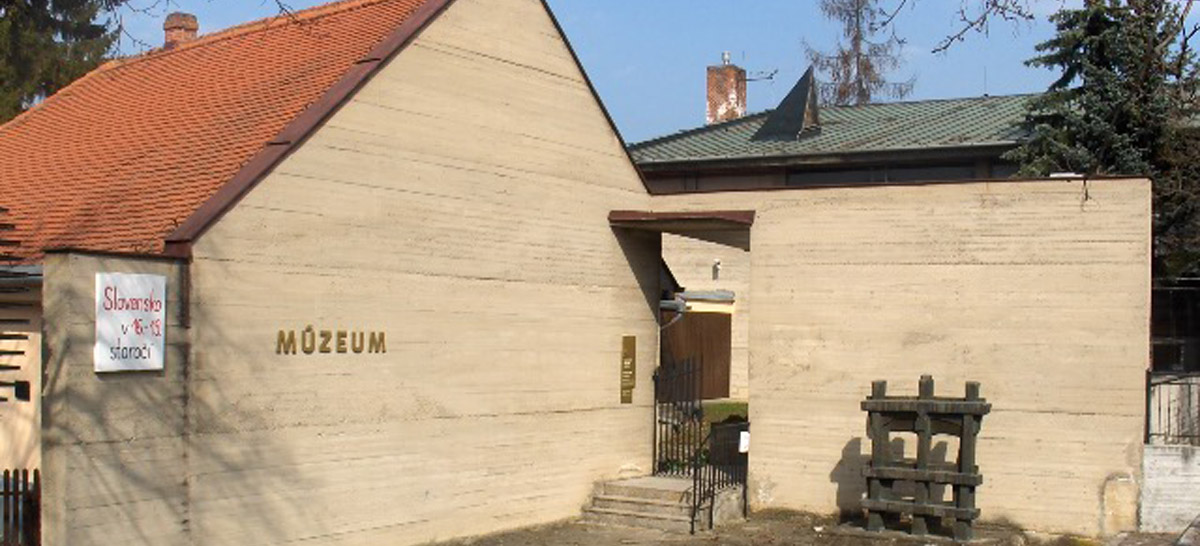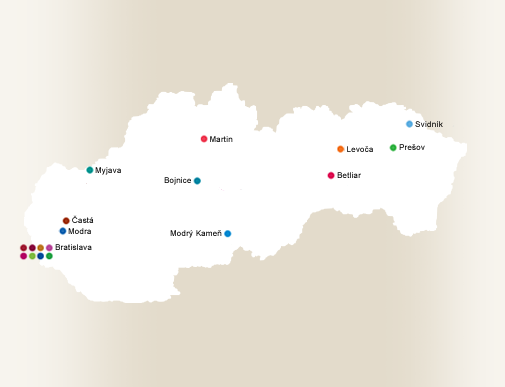Metamorphosis of Zuckermandel
from 14. 3. 2010
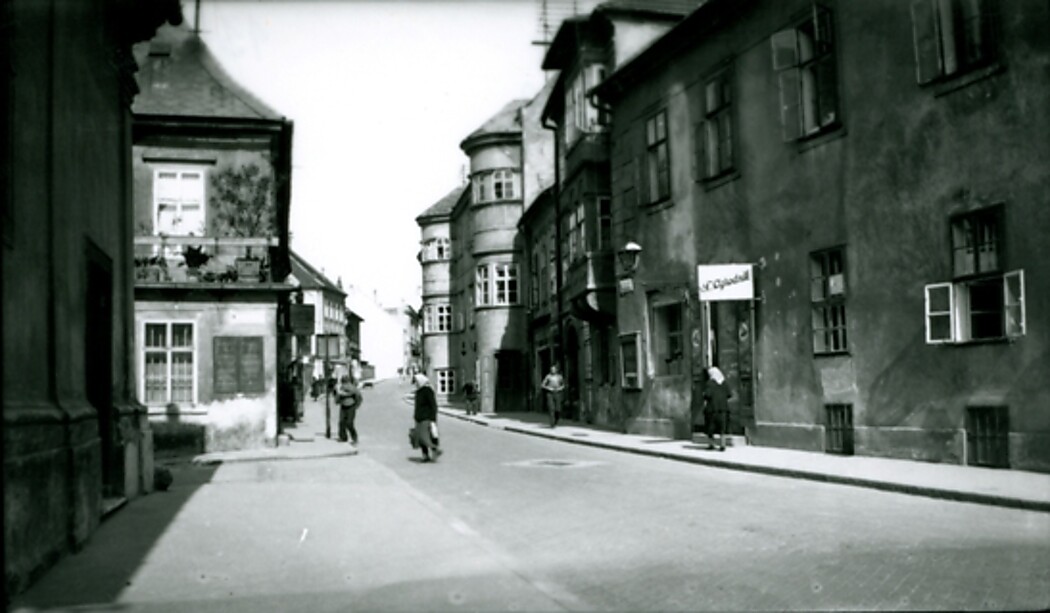
Zuckermandl settlement is situated in the southern part of Bratislava‘s Podhradie (a settlement around a castle), between the castle’s bluff and the Danube River. Originally, it was an independent village known as the quarter of fishermen, sailors, ship carpenters and millers. This municipality, with numerous tiny and narrow little streets, had its own local board, police and school. Zuckermandl’s independence ended in 1851 when it was attached to the town of Bratislava. At that time, Podhradie created a fourth municipal district – the Theresian quarter. However, it was also the beginning of the decline of this part of the municipality as more affluent residents moved to the town and its palaces were changed into rental apartments of lower categories for poor people. At the end of the 19th century, a mounded route for the tram track was built on the Danube river embankment which led to the situation in which parts of Zuckermandl and Vydrica sank below surface level. Zuckermandl kept deteriorating. Some buildings were removed when Bratislava’s riverside road was constructed and others were destroyed during the completion of the tunnel and construction of three tall buildings. Later, between 1967 and 1974, the construction of Nový most (New Bridge) swept nearly all of Zuckermandl away.
Today’s Zuckermandl is just a few buildings around the church of the Holy Trinity. Most of them belong to the Slovak National Museum (SNM). Thanks to the efforts of Ministry of Culture SR and SNM, all the buildings have kept their original shape, thus preserving for future generations at least a bit of this mostly-

